Reviewed on:
PC
Platform:
PlayStation 5, Xbox Series X/S, PC
Publisher:
CI Games
Developer:
Hexworks
Release:
Rating:
Mature
Lords of the Fallen captured my interest in its early hours more than its 2014 predecessor of the same name ever did. But despite a solid gameplay foundation, stunning world, and unique two-realm mechanic, by the time I reached credits after 48 hours, I was overjoyed to be done. What begins as a remarkable soft reboot unravels by the halfway point due to pacing issues, abundant repetition, and lackluster level design, unfortunately leaving a disappointing back half to slog through.
Lords of the Fallen begins like any other Soulslike. The world – Mournstead, in this instance – is a terrible place to live, but you can save it. You’re tasked by a religious order with lighting five beacons spread across the land to prevent the return of Adyr, a dark god who wants to instill chaos. Your adventure immediately brings you to a treacherous place where even the lowliest of enemies can take down your health bar in just a few hits, but with patience and discipline, these foes are yours to overcome. As you do, you level up and feel stronger and more confident in your ability to move forward.
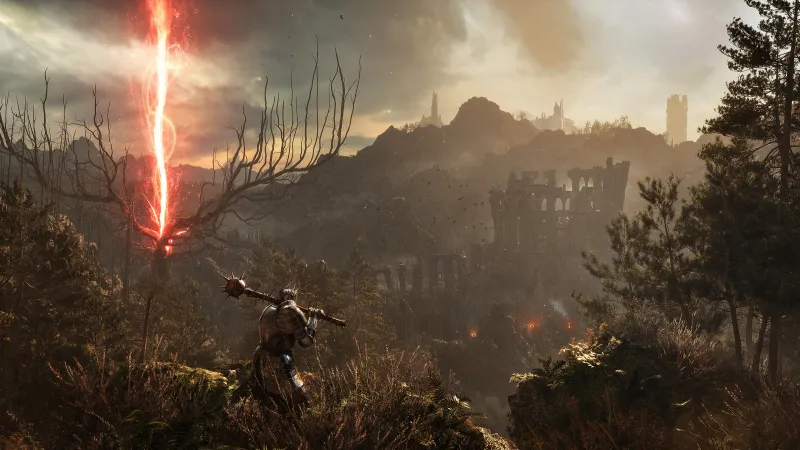
What sets Lords of the Fallen’s exploration and action apart from the rest of the genre is its use of two realms: the realm of the living, Axiom, and that of the dead, Umbral. Using a special lamp, you can peer into Umbral at any moment, in real-time. It’s a genuinely impressive mechanic that feels new-gen, even if we are three years into the PlayStation 5 and Xbox Series X/S’s lifetimes. Useful as it is to peer into the Umbral, like discovering a wall in between you and a chest in Axiom is no longer there in the opposite realm, the most significant benefit is that upon dying in Axiom, you’re given a second chance – survive through Umbral until you reach a particular emergence point that brings you back to Axiom, with your vigor (currency from killing enemies to level up and purchase items) intact.
But surviving is no easy feat, as Umbral is filled with even more enemies than Axiom. At first, exploring Umbral, using the lamp to solve light puzzles and pull platforms toward me, was good fun. But as I continued my journey through Lords of the Fallen, my biggest issue became apparent, highlighted sharply in Umbral: developer Hexworks mistakenly interprets the carefully crafted challenge of a great Soulslike as “add more enemies.”
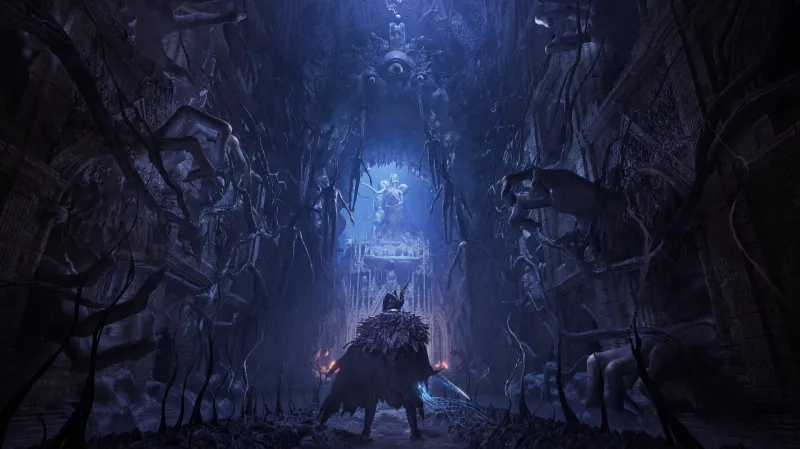
Instead of feeling like I could conquer this section of Umbral or this castle in Axiom, I felt compelled to sprint through it. It’s not that Lords of the Fallen was too hard; instead, it too often felt unfair. I enjoy a formidable adversary or a seemingly insurmountable boss I defeat after 20 tries. However, I don’t enjoy a hallway or staircase with 10 enemies attacking at once, including a miniboss I defeated minutes ago who is now a standard mob enemy. Coupled with a finicky lock-on camera, attempting to defeat each of these mobs in Axiom and Umbral, where even more foes appear, felt terrible. Halfway through my journey, when Lords of the Fallen ran out of new and unique enemies to throw at me and instead recycled the same few I had killed hundreds of times, I no longer felt compelled even to try. My once-exciting adventure felt artificially padded.
Playing through Lords of the Fallen’s lengthy adventure was an odd thing. I was thoroughly enjoying myself: the world design was neat, the two-realm mechanic continued to dazzle, and exploration and combat felt good, as did discovering secrets and shortcuts in Mournstead. But roughly halfway through, Lords of the Fallen ran out of gas, and I ran out of enthusiasm. As if the game became exhausted and petered out, enemies became repetitive, secrets and shortcuts became mundane, and exploration felt stale, as did the world design.
Even bosses struggled to thrill in the latter half, with two that particularly stand out as some of the worst I’ve fought in a Soulslike, not because they were tough – they weren’t – but because they were generally unenjoyable, even if I recognize Hexworks’ attempt at doing something different, like an unreachable boss where I had to kill various exploding minions in the vicinity to lower its health.
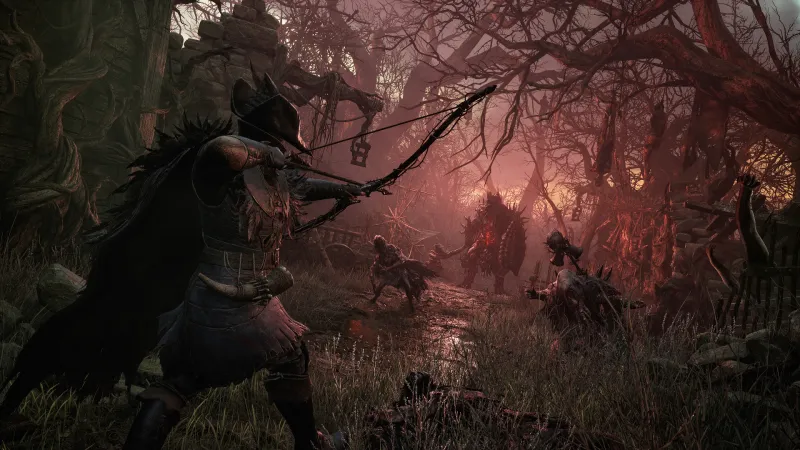
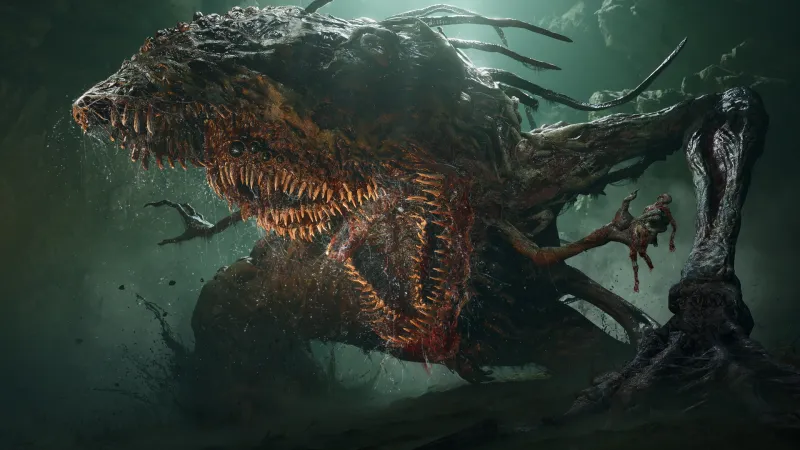
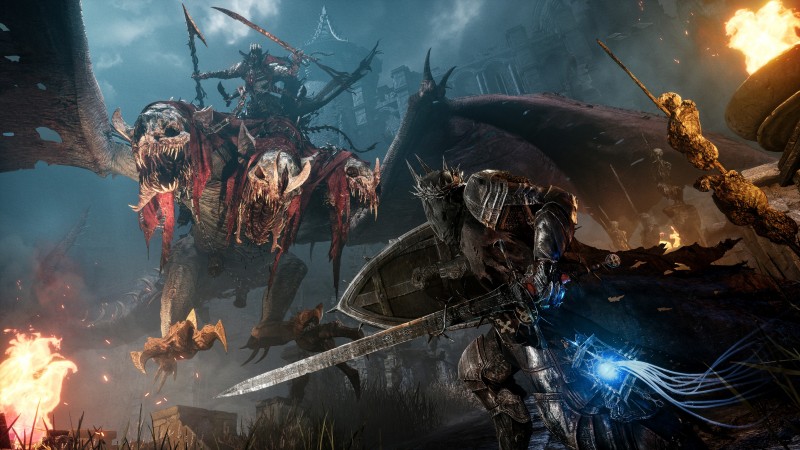
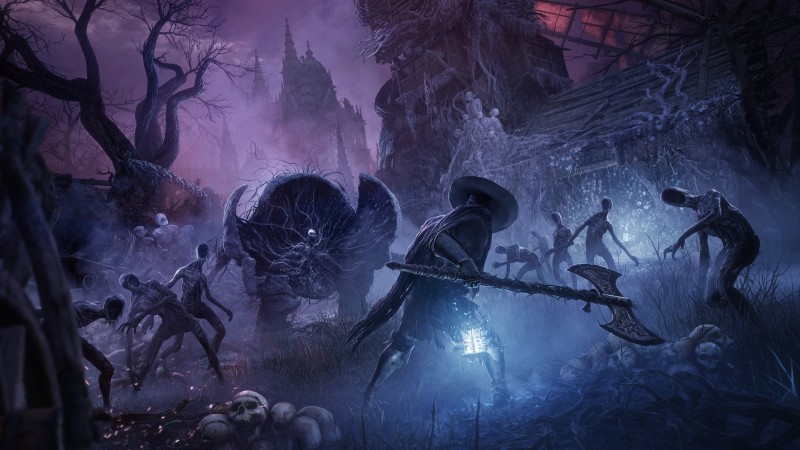
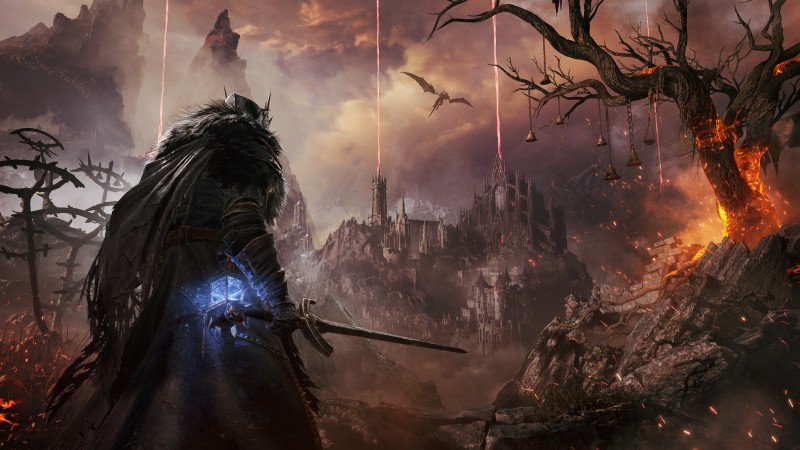
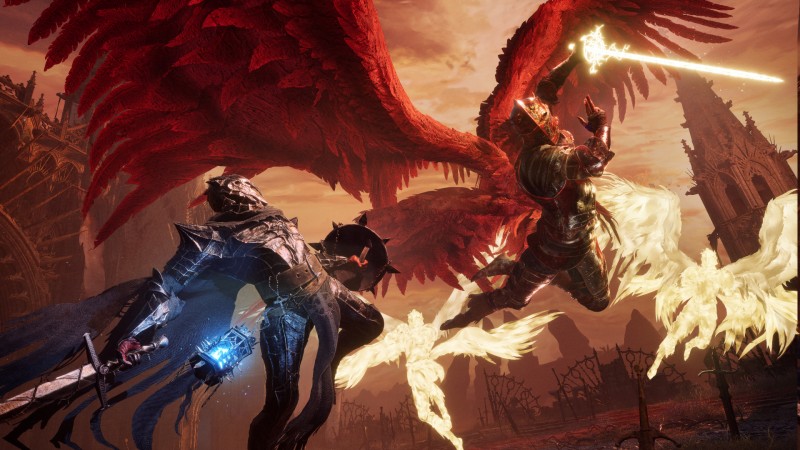
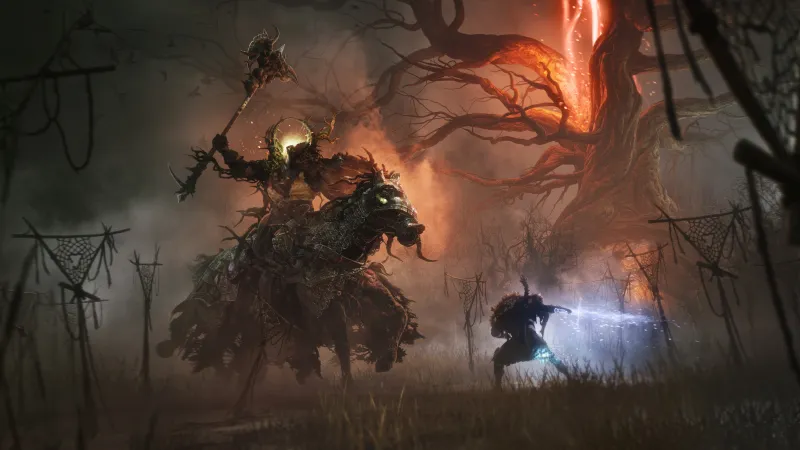
Minor annoyances I might have excused in a more streamlined experience, like an often awkward lock-on camera, a couple of consistent bugs, an overuse of minibosses, and enemies that snipe from unseen distances or pursue players for far too long, are accentuated in Lords of the Fallen. Still, Hexworks is on to something here; it’s just not Lords of the Fallen, despite its solid foundation, that can capitalize on it.
When I rolled credits on Lords of the Fallen, I felt no joy aside from being happy I was done, which is a shame because its first half left me excited for what was yet to come. A beautiful world, distinctive two-realm mechanics, excellent voice acting, and combat that feels good when not over-encumbered by enemies and artificial challenge, create a solid bedrock. But Lords of the Fallen fails to impress beyond that, instead growing more and more frustrating the further into Mournstead adventurers travel.
